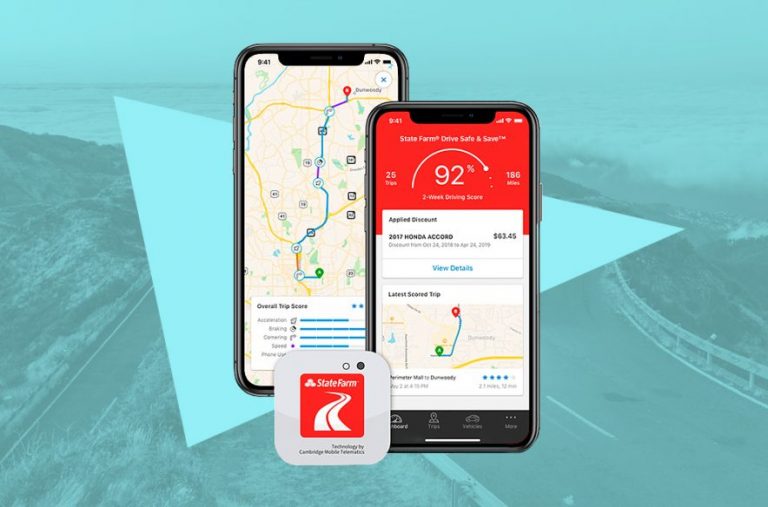With the advent of todays mobile technology, options in banking are continuing to develop with exciting possibilities. In just a few short decades, banking has evolved from strictly brick-and-mortar operations to include phone transactions, ATMs, the Internet, and now mobile phones and devices. With each progression, clients have the ability to conduct their financial business from greater remote locations.
According to a recent study by a financial consultancy, it is predicted that 35 percent of U.S. online banking households will be using mobile banking by 2010. Casting a farther glance forward, eventually users will have the capability to make point-of-sale payments right from their mobile devices.
The wireless and mobile markets represent some of the fastest growing industries in the world today. While European and Asian countries have traditionally experienced greater saturation in these markets, the United States is beginning to realize these full advantages as well. Financial institutions, in particular, intent on positioning themselves broadly in the market, are keen to develop and promote value-added services such as mobile banking. In fact, banks worldwide have invested billions of dollars to build superior Internet banking capabilities for their customers.
The state-of-the-art technology allows clients to bank from wherever and whenever they choose through any web-enabled phone device whose network allows Secure Sockets Layer (SSL) traffic. In laymens terms, SSL is a protocol that provides a secure channel between two machines operating over the Internet or an internal network. For Internet users, the presence of SSL is displayed through a padlock icon on a website.
Thanks to this technology, end users are gaining a very useful and simple experience. From a mobile device, a user may view their bank account balances, transaction history, and receive bank alerts. Especially convenient, users may also transfer funds between accounts and pay bills to existing payees.
Enrolling for this type of service typically begins through an activation process via a banks website. Users select the accounts they want to access from their mobile device, which can be edited at any time. After entering a mobile phone number and indicating the wireless provider, the bank client is nearly ready to begin banking from a mobile device. Following any transactions or payments, a SMS text message is sent to the device to confirm the activity. This is especially helpful in the event of a lost signal or dropped call. If the client does not receive confirmation through a SMS text message, he can check an account and re-submit any transactions that did not process.
Secure online banking is a serious concern for both banks and their business banking clients. When it comes to mobile banking, the actual account data is not stored on a mobile device, making it impossible to for the information to be stolen from a lost or misplaced phone. When it comes time to replace a mobile device, customers simply edit their Mobile Settings and make changes to the wireless provider and phone number as needed. For those who change phones but keep the same provider and number, no changes are necessary. Those who switch wireless providers or phone numbers only need to modify the settings via their online bank account.
With the advent of todays mobile technology, options in banking are continuing to develop with exciting possibilities. In just a few short decades, banking has evolved from strictly brick-and-mortar trading operations to include phone transactions, ATMs, the Internet, and now mobile phones and devices. With each progression, clients have the ability to channel their financial business from greater removed locations.
According to a recent study by a financial consultancy, it is predicted that 35 percent of U.S. online banking households will be using mobile banking by 2010. Casting a further glance forward, eventually users will have the potentiality to make point-of-sale payments right from their mobile devices.
The radio and mobile markets represent some of the fastest ontogenesis industries in the world today. While European and Asian countries have traditionally experienced greater saturation in these markets, the United States is beginning to pull in these full advantages as well. Financial institutions, in particular, intent on emplacement themselves broadly in the market, are keen to develop and promote value-added services such as mobile banking. In fact, banks planetary have invested zillions of dollars to build Lake Superior Internet banking capabilities for their customers.
The state-of-the-art engineering science allows clients to bank from wherever and whenever they choose through any web-enabled phone device whose web allows Secure Sockets Layer (SSL) traffic. In laymens terms, SSL is a protocol that provides a secure channel between two machines operating over the Internet or an internal network. For Internet users, the presence of SSL is displayed through a padlock icon on a website.
Thanks to this technology, end users are gaining a very useful and simple experience. From a roving device, a user may view their bank account balances, transaction history, and receive bank alerts. Especially convenient, users may also transfer funds ‘tween accounts and pay bills to existing payees.
Enrolling for this type of avail typically begins done an activation process via a banks website. Users select the accounts they want to accession from their mobile device, which can be edited at any time. After ingress a fluid phone number and indicating the wireless provider, the bank client is nearly ready to begin banking from a mobile device. Following any transactions or payments, a SMS text content is sent to the device to affirm the activity. This is especially helpful in the event of a lost signal or dropped call. If the client does not receive confirmation through a SMS text message, he can check an account statement and re-submit any proceedings that did not process.
Secure online banking is a dangerous concern for both banks and their business banking clients. When it comes to mobile banking, the actual account data is not stored on a wandering device, making it unsufferable to for the data to be stolen from a lost or mislaid phone. When it comes time to replace a mobile device, customers plainly edit their Mobile Settings and make changes to the wireless supplier and phone number as needed. For those who convert phones but keep the same supplier and number, no changes are necessary. Those who switch wireless providers or phone numbers only need to modify the settings via their online bank account.
.










+ There are no comments
Add yours